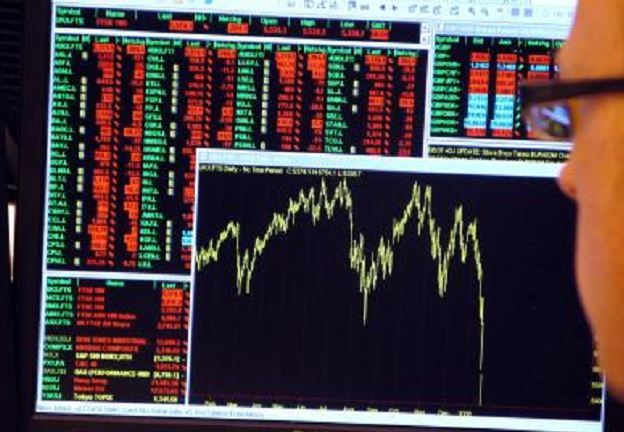
Oil fell for a third day as Iran and world powers neared a nuclear agreement that would allow the Islamic Republic to increase crude exports in an oversupplied market.
Futures slid as much as 1.5 percent in New York. Diplomats are preparing to present the final text of an expected deal with Iran after 18 days of talks. Saudi Arabia told the Organization of Petroleum Exporting Countries it raised output to a record in June as the producer group forecast stronger demand for its members’ crude in 2016.
Oil’s rebound from a six-year low in March has faltered amid economic uncertainty in China and Greece and speculation a global glut will persist as Iran seeks to regain market share. Prices may fall further as the world remains “massively oversupplied,” according to the International Energy Agency.
“More oil from Iran is not a good sign, given the market is already flush with supply,” David Lennox, an analyst at Fat Prophets in Sydney, said by phone. “The risk for prices is to the downside, primarily because of that supply situation.”
West Texas Intermediate for August delivery dropped as much as 76 cents to $51.44 a barrel in electronic trading on the New York Mercantile Exchange and was at $51.53 at 12:54 p.m. in Singapore. The contract lost 54 cents to $52.20 a barrel on Monday. The volume of all futures traded was about 31 percent above the 100-day average. Prices have decreased 3.3 percent this year.
Nuclear Deal
Brent for August settlement, which expires Thursday, slid as much as 61 cents, or 1.1 percent, to $57.24 a barrel on the London-based ICE Futures Europe exchange. The European benchmark traded at a premium of $5.78 to WTI. The more-active September contract was down 54 cents at $57.61 a barrel.
While no fixed time has been set to publicly present the agreement, said to run 100 pages with five annexes, diplomats speaking on condition of anonymity told reporters in Vienna to stand by for news that will emerge overnight. Despite previous signs an accord may be imminent, Iran and six world powers blew through four deadlines in the past two weeks.
Iran’s plan to sell more oil and recapture market share is still a long way off, according to Goldman Sachs Group Inc., Bank of America Corp. and Societe Generale SA. Its goal of boosting exports by 50 percent would require an extra 500,000 barrels a day of production, which the banks predict will take six to 12 months as it revives aging wells.
Saudi Arabia, the world’s biggest oil exporter, pumped 10.564 million barrels a day last month, exceeding a previous record set in 1980, according to data the kingdom submitted to OPEC. The group sees “a more balanced market” in 2016 as demand for its crude strengthens and supply elsewhere falters.
Recommended for you
